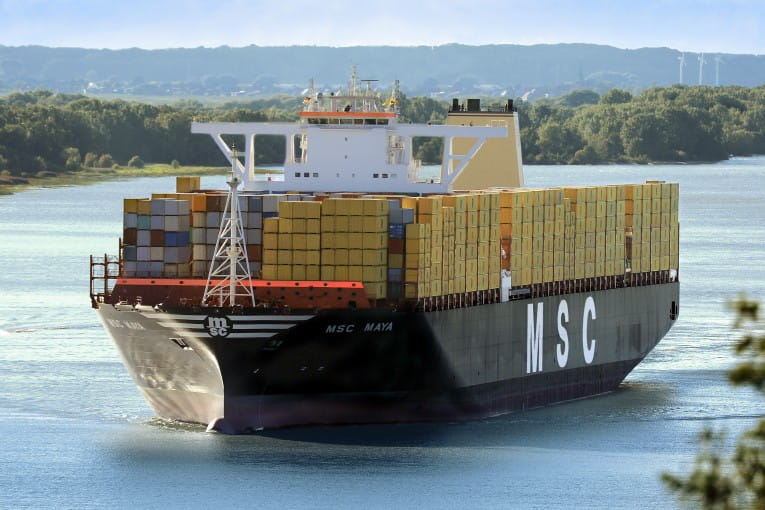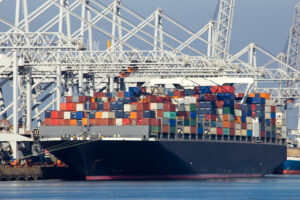Global fleet of container ships is set for expansion in 2023 and beyond.
Projections indicate that by the end of 2025, the industry will boast an impressive 30 million twenty-foot equivalent unit (teu) slots in service.
Vessel slot capacity growth, a crucial factor, witnessed a 4.5% increase in 2022 and is forecasted to expand by 5% in 2023 and further by 6.3% in 2024, according to Container xChange, the online container logistics platform.
Despite the prevailing slowdown in trade, the interest in ordering new ships has remained unwavering. Over 80% of vessel orders placed in 2023 have been for dual-fuel tonnage, with a substantial number targeting neo-panamax vessels.
However, experts cautioned that the historically low rate of scrapping in recent years is set to change, signifying a significant shift in the industry.
Container xChange, an online container logistics platform held its 5th edition of its Ultimate Container Networking Event, the Digital Container Summit 2023 on 13-14 September 2023 in Hamburg, Germany.
Leading experts gave their own perspective about container leasing, demand-supply dynamics, market shifts, and strategic insights.
In a deep dive of container shipping demand, experts agreed that the growth in container traffic experienced a notable decline in 2022.
Projections for the current year also suggest a less-than-optimistic outlook. While there is optimism for a recovery, the overall rates of growth are anticipated to remain lower compared to previous decades.
Furthermore, maritime consultancy Drewry provided a deeper perspective by estimating that the effective container ship capacity was approximately 17% below its potential in 2021 and 15% in 2022.
However, significant improvements have already occurred in 2023, with this figure expected to plummet to 7% or possibly even lower. These findings highlight the critical role capacity availability has played in influencing freight rates and carrier profitability over the past two years.
Experts also agreed that newbuild container prices experienced a strong surge until late summer or early autumn 2021, with a 20ft standard dry freight container’s price soaring over 35% within a year.
However, prices softened throughout 2022, with 40ft high cubes even lower than their end-of-2020 prices and 20ft standards stabilizing at the end-of-2020 levels.
“The container shipping industry is facing a turning point with both challenges and chances. Trade growth is slowing down, and this year, we only expect a tiny 0.3% increase. There are uncertainties related to the economy and politics that are affecting the market. Also, the container shipping business is getting more stable and closely connected to changes in the economy. But there’s some hope on the horizon – the expected increase in the space available on ships in the next three years might help balance supply and demand by 2025”, commented Christian Roeloffs, Co-Founder and Chief Executive at Container xChange.



